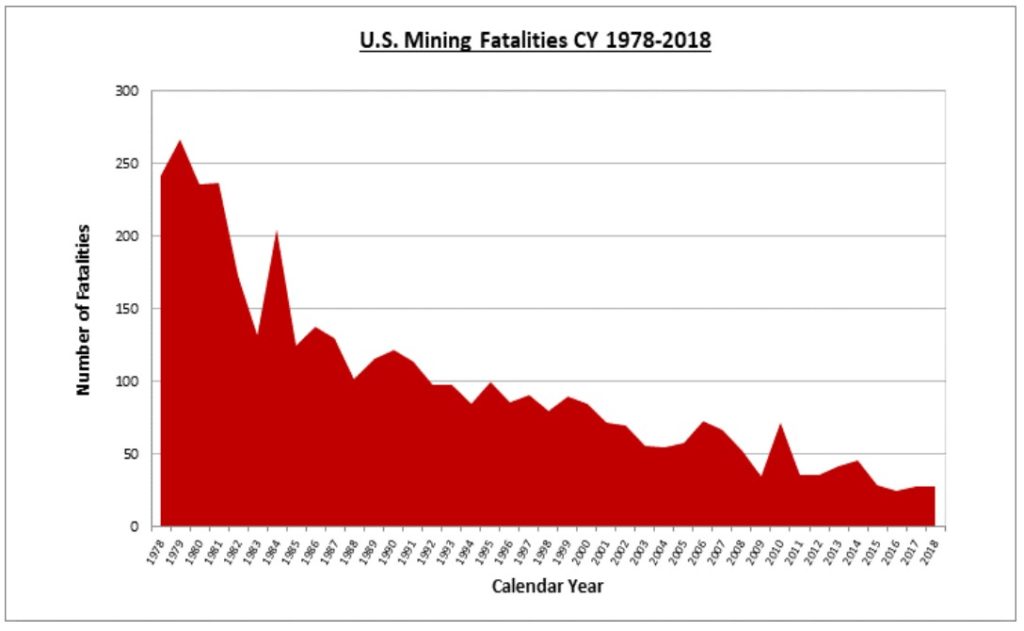
According to their website, The U.S. Department of Labor’s Mine Safety and Health Administration (MSHA) works to prevent death, illness, and injury from mining and promote safe and healthful workplaces for U.S. miners. MSHA carries out the provisions of the Federal Mine Safety and Health Act of 1977 (Mine Act) as amended by the Mine Improvement and New Emergency Response (MINER) Act of 2006. The agency develops and enforces safety and health rules for all U.S. mines regardless of size, number of employees, commodity mined, or method of extraction. MSHA also provides technical, educational and other types of assistance to mine operators. They work cooperatively with industry, labor, and other federal and state agencies to improve safety and health conditions for all miners in the United States. The site states that in 1891 the first federal mine safety statute passed. The new statute included a prohibition of operators from hiring children under age 12. Such an auspicious move! So gutsy!
Fun fact of the day: modern mining regulation in the US is carried out by MSHA and governed by The Federal Mine Safety and Health Act of 1977 and MSHA’s Program Policy Manual. Okay, here is a real fun fact. According to Wikipedia (Mining in the United States), by value of product produced (in 2015), what would you expect to be at the top of the list? Gold? Nope, it is in 6th place, right behind copper. Industrial sand and gravel was in the 4th place spot. Cement beats out sand and gravel, which is probably where most of the sand and gravel goes. Crushed rock came in the number 2 spot. Drum roll…. The number one mined product was… coal. Yea, but Bryan, that was 2015. Coal production has slowed a lot since then. Well, true. According to the U.S. Energy Information Administration (reference: https://www.eia.gov/coal/data/browser/#/topic/33?agg=2,0,1&rank=g&geo=nvg1qag9vvlpns&mntp=g&linechart=COAL.PRODUCTION.TOT-US-TOT.A&columnchart=COAL.PRODUCTION.TOT-US-TOT.A&map=COAL.PRODUCTION.TOT-US-TOT.A&freq=A&start=2001&end=2018&ctype=linechart<ype=pin&rtype=b&maptype=0&rse=0&pin=), US coal production in 2015 was just shy of 1 billion short tons. The 2018 production was about 25% less than that… so not really a sharp drop.
Back to MSHA. In large part, due to the formation of MSHA, but also due to several important legislative moves, mining accidents in the US have been on a very steep decline, as you can see in the image for the past four decades. MSHA can sometimes get a bad rap, as they are sometimes seen as the enforcers. But, they play a very vital role in mine safety management.
I just finished my 8-hour annual MSHA safety refresher. I took my MSHA “new miner training” at the Tyrone mine in southwest New Mexico in 1981. Back then it was a full 40 hours of training. And even though we sometimes roll our eyes at needing to take another 8-hours of safety training, I think if we only take one thing home for the whole day, it is worth it. Don’t we all want to be safe?

